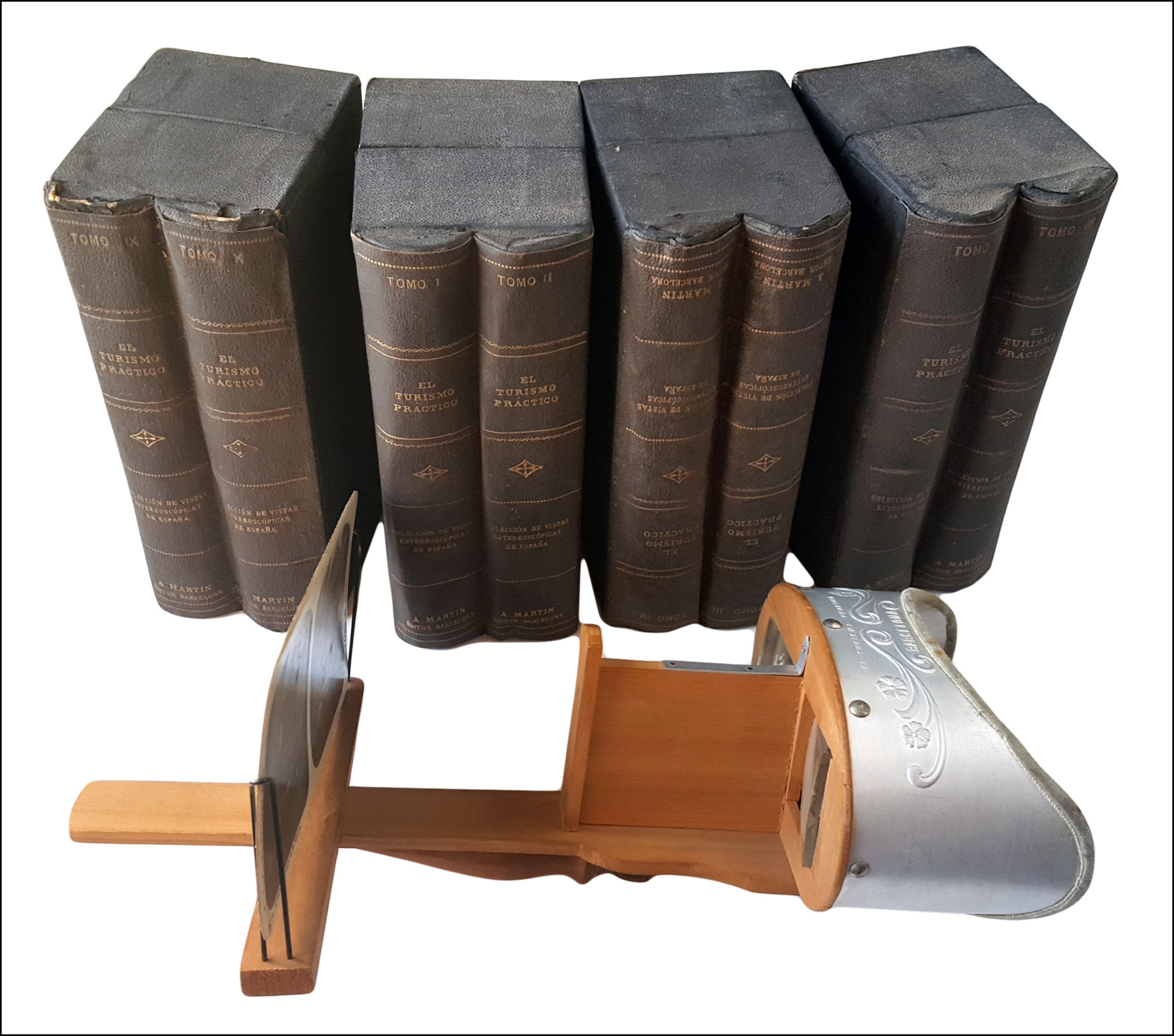Spanish Stereoscopic Commercial Photography in the 20th Century: “El Turismo Práctico” and "Rellev"
Abstract
Throughout the twentieth century, the two major projects carried out in Spain to commercialize ste- reoscopic photography were those of the Barcelona publishing house Alberto Martín and the photo- grapher José Codina Torrás, both projects with an obvious tourist orientation. During the decade of 1910, the publishing house Alberto Martín launches a collection of stereosco- pic views of Spanish cities and monuments entitled "El Turismo Práctico”. The views were presented in standard size card mounts, grouped by cities, usually presented in envelopes with fifteen prints. On the other hand, José Codina Torrás starts to make stereoscopic series in 1929 on the occasion of the international fairs of Seville and Barcelona. He uses the Verascope format (45x110 mm): positive glass plates marketed in cardboard boxes and grouped by themes. Later he published his collection of Spanish views in card mounts (6x13 mm). Along with these, and under the brand “Rellev”, he launches between 1930 and 1936 a range of side products, including various types of stereoscopes and projectors.
Downloads



